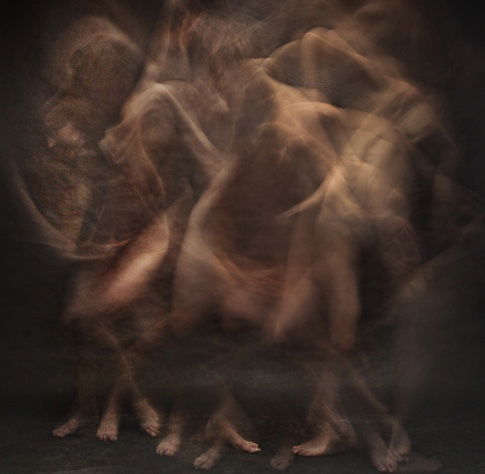Dance/Movement

Body movement can help harmonize the body and mind, provide a creative outlet, and push through emotional blocks. Working with or without music, one can create moving poetry or meditation as well as exploring a fun path to fitness. Dance/Movement sessions are formed collaboratively based on client needs. Dance/Movement sessions are held at the Bridge Healing Arts Center in Farmington.
Chakra Connect Movement/Meditation Class available Virtually, in Farmington or at your home or office.
Please schedule in advance directly with Gina.
Dance brings joy! Well it does for me and many adults and kids around the world. The beauty of this creative art is that it’s readily available to everyone, young and old, with no need for special talent, equipment, or gym membership. A willing spirit is the only requirement! Yet in our technologically advanced society, dance is often eliminated, especially as we mature, as a part of life . Dance-movement has been documented throughout history and culture as a form of self expression and social engagement and studies have shown that dance helps in reducing anxiety and depression. Not only can dance-movement increase positive outlook, energy and joy, it can also boost physical fitness, stamina, and flexibility, leaving one with a greater overall feeling of well being and self confidence. Dance-movement also provides an avenue for contact with others, superseding language, and culture, breaking down barriers to forming relationships. As a Dance movement therapist. I also utilize this modality to tap into emotion and work toward adjusting long standing life patterns.
Dance offers so many advantages in a life when folks are searching for a place to incorporate fitness into a daily schedule. Dance is unique in that it can be creative, encouraging participants to exercise not just their bodies but their minds. Putting steps together, incorporating expressive movements using a variety of body parts at one time challenges us to think “on our feet” (pun intended!). The brain responds to these rapid changes, and creates opportunities for new pathways to be made. Additionally due to the frequent pairing of music and social interaction, dance/movement is the one fitness method that is a protective factor against cognitive loss.
Movement is also tied to our emotions. Think of what happens to your body when you cry, or become excited. The body of a fearful person may become immobilized, or their breathing may become labored. Moving the body during times of great emotion can release tension, identify triggers and make the mind more receptive to exploring ways of healing. Dance/Movement Therapy has been utilized for decades as a way to tap into embedded emotions and work through difficulties.
Movement can but does not need to be aerobic to increase fitness and health. Dance can improve balance, crucial at all life stages but particularly as we enter senior years. It encourages flexibility, muscle tone and bone health. With targeted “exercises” it is easy to get your heart rate up to increase stamina for that aerobic or anaerobic benefit.
And of course, dance can be joyous. Learning to utilize movement as a creative self expression is just good for the soul! Think of the face of a child as they move about to music early in life. No self consciousness, no concern of getting dizzy or falling. Just advancing through space toward happiness. As we age, we lose that abandon quickly as social awareness and anxiety develop. We can recall this ability to find joy in the moment and use movement as a way to journey to health. There are many dance programs popular now that address our increasingly more complex lives. There must be a need out there!
Use the Contact form for further information on Dance/Movement.